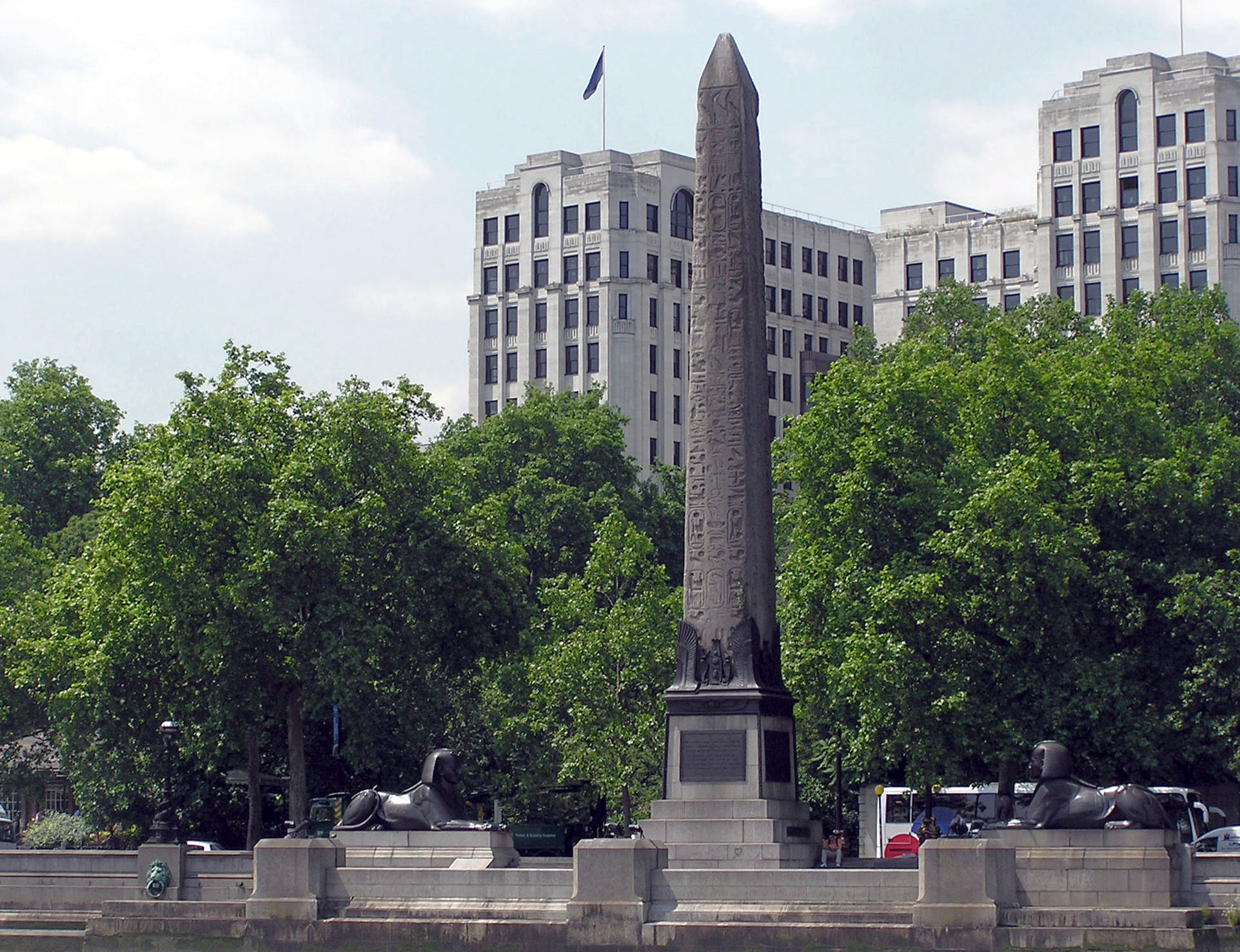
We need to take a stand on the condition of Egyptian antiquities abroad.
I traveled to London in October, to participate in the American University of Cairo’s fundraising campaign to help students who were financially-disadvantaged, yet gifted. I decided to take a taxi to Times Square, to see the Egyptian obelisk there.
I tried hard to see the obelisk, but found it surrounded by trees, barely visible, and in very poor condition.
The reason for this visit was that I had known the obelisk was in London for about 200 years, and assumed the English would have celebrated its existence in the city.
A journalist from the Economist asked me: Why did the mayor of the city not celebrate this gift from the Egyptians to the English people?
This led me to respond, “If you do not appreciate the value of the obelisk, I hope it returns to Egypt.”
The obelisk’s history in London dates back to Mohamad Ali Pasha, who decided to gift the monument to England in 1819, after Lord Nelson and Commander Cromer helped him with battles on the Nile and Alexandria, respectively.
The obelisk was found inside Heliopolis’s Temple of Ra (the ancient Egyptian deity of the Sun) built by King Thutmose III – Egypt’s greatest king warrior, nicknamed the Napoleon of Ancient Egypt.
The majority of Ancient Egypt’s kings also established temples and obelisks within Heliopolis.
From that city came the first interpretations of the creation of the universe, the first solar calendar, and even the first university in history: the University of “On”, which carries Heliopolis’s old name, before it adopted its Greek name, meaning “Sun City”.
The University of On is where Prophet Joseph received his education, before marrying the daughter of On’s minister, and having children with her. Aristotle and Plato received education at the same university.
This obelisk was transferred in ancient times, from its home city to Alexandria. It was placed inside Serapeum, and has since been known as Cleopatra’s Needle.
Despite Mohamad Ali Pasha’s later offer to gift the monument, the English found it difficult to fund the obelisk’s transferal to London. It was only sent through in 1878.
The obelisk is made from red granite, rises about 21 meters, and weighs 224 tons.
It is the same length of the obelisk in New York, which weighs 200 tons, dates back to the reign of Thutmose III and is engraved by Ramses II.
I have asked the Mayor of New York either restore this obelisk, or return it to Egypt. A general announcement was made to restore the obelisk. Citizens participated in New York, and raised funding, and the obelisk was restored. In addition, slums were removed from around it, and when a powerful storm came, it removed the trees from around the obelisk, giving the monument visibility from all sides.
This is what we are demanding from the Mayor of London.
I will will submit a request to Antiquities Minister Khaled el-Anany – as he heads the National Committee for the Restoration of Stolen Antiquities – to send a letter to the mayor of London, asking him to take care of the obelisk, restore it, and remove the trees from its vicinity so it becomes visible in the square. London’s obelisk was already restored once, following its damage from the Second World War.
I believe that care for our antiquities shouldn’t be kept within our country; we should preserve our antiquities abroad, because they are not only the property of their recipients. We must have the right to preserve them, or return them to Egypt if neglected.
Finally, I add that the case of Egyptian monuments showcased in museums abroad should be reviewed, as there are many museums that display our antiquities without secure or good showcasing. This is a subject that should be discussed and presented to Egyptian intellectuals.




